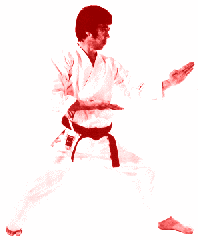“Check your brain in here”

Occasionally folks who come to try out my taijiquan (t'ai chi ch'uan) class will "turn up their noses". "It's too complicated," they say in an accusing manner, as if I've deliberately tried to make them look stupid by giving them an impossible task or required an "anal" level of detail. They want to "flow" or "move their spirit" or "be one with their mind and body" or some other vague new-age concept. They identify taijiquan with such concepts and they expect to be "naturally good at it". Experts even. All without having tried it before. After all, they might have gone to some qi gong (breathing exercise) classes, meditation courses or something similar, where all they had to do was sit or stand, “breathe”, chant mantras and maybe do some basic macro body movements like swing their arms loosely. And that was all "natural". Or maybe they went to a yoga class where their genetic flexibilit...

